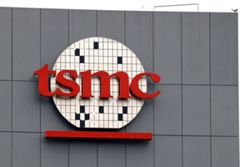I write in response to StarMetro’s article called “Call for more info on 5.7km-long bus lane on Jalan Kuching” on Oct 20. The article quoted local community activists on the implementation of bus lanes along Jalan Kuching.
I welcome this effort by the government and RapidKL, and hope more bus lanes will be created.
Bus lanes make public transport more reliable and predictable.
Bus trips become faster which means more trips can be made and more passengers ferried.
Ridership for the Jalan Ampang bus lane has increased by 12% since the implementation in July, and travel time has reduced from 67 minutes to 48 minutes on average — almost 20 minutes faster.
As buses become faster and more reliable, they become competitive against driving.
This is why the Klang Valley needs a connected network of bus lanes.
Some people have concerns and want to see data about the benefits of bus lanes. I support the calls for more information and transparency from Kuala Lumpur City Hall (DBKL) and RapidKL because they should help prove the benefits of bus lanes.
There is a need for maximising road carrying capacity.
But I count the road’s capacity by the number of people being moved, not the number of vehicles.
A bus can carry up to 50 passengers, as opposed to cars which frequently carry fewer than two people.
The best way to increase road capacity is to put bus lanes on the road. Journeys on bus lanes will be smooth, safe and fast.
We keep hearing the argument that the Klang Valley needs more highways to increase capacity.
But the math says building more highways will only worsen the traffic situation so the government should invest more in a network of bus lanes to increase the capacity of roads to move people.
MATHANA MUHILAN
Member of Transit Malaysia








































